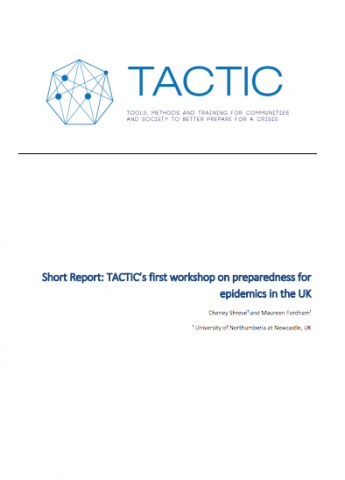Case Study
Case Study: Preparedness for epidemics in the UK

One of TACTIC’s overarching aims is to understand preparedness from a cross-boundary, ‘multi-hazard’ perspective. As a part of this effort, TACTIC partners are investigating floods, earthquakes, epidemics and terrorism through a series of case studies. Northumbria University is conducting a case study on epidemics in the United Kingdom (UK) focused on the 2001 Foot-and-Mouth Disease (FMD) event. While FMD is not uncommon in the UK, as between the years of 1918 and 1967 the UK was free from outbreaks of FMD for only 2 years (Scudamore and Harris, 2002), the 2001 event was unprecedented; the last major outbreak in 1967-68 FMD resulted in the slaughter of over 400,000 animals. The 2001 FMD event resulted in the slaughter of 4 million animals for disease control purposes and an additional 2.5 million killed that on welfare grounds (ibid). Additionally, significant damages were incurred to the tourism industry. Within a month of the 2001 UK outbreak, FMD spread to France, Ireland, and the Netherlands. FMD was initially framed in the UK primarily as an agricultural and animal health hazard, and yet what unfolded was a complex scenario, comprising cascading human, social, organisational, political, economic and environmental effects. One of the tasks identified for this case study is to explore the extent to which preparedness lessons were learnt at all scales: from the global to the local.
© TACTIC Consortium, April, 2015
